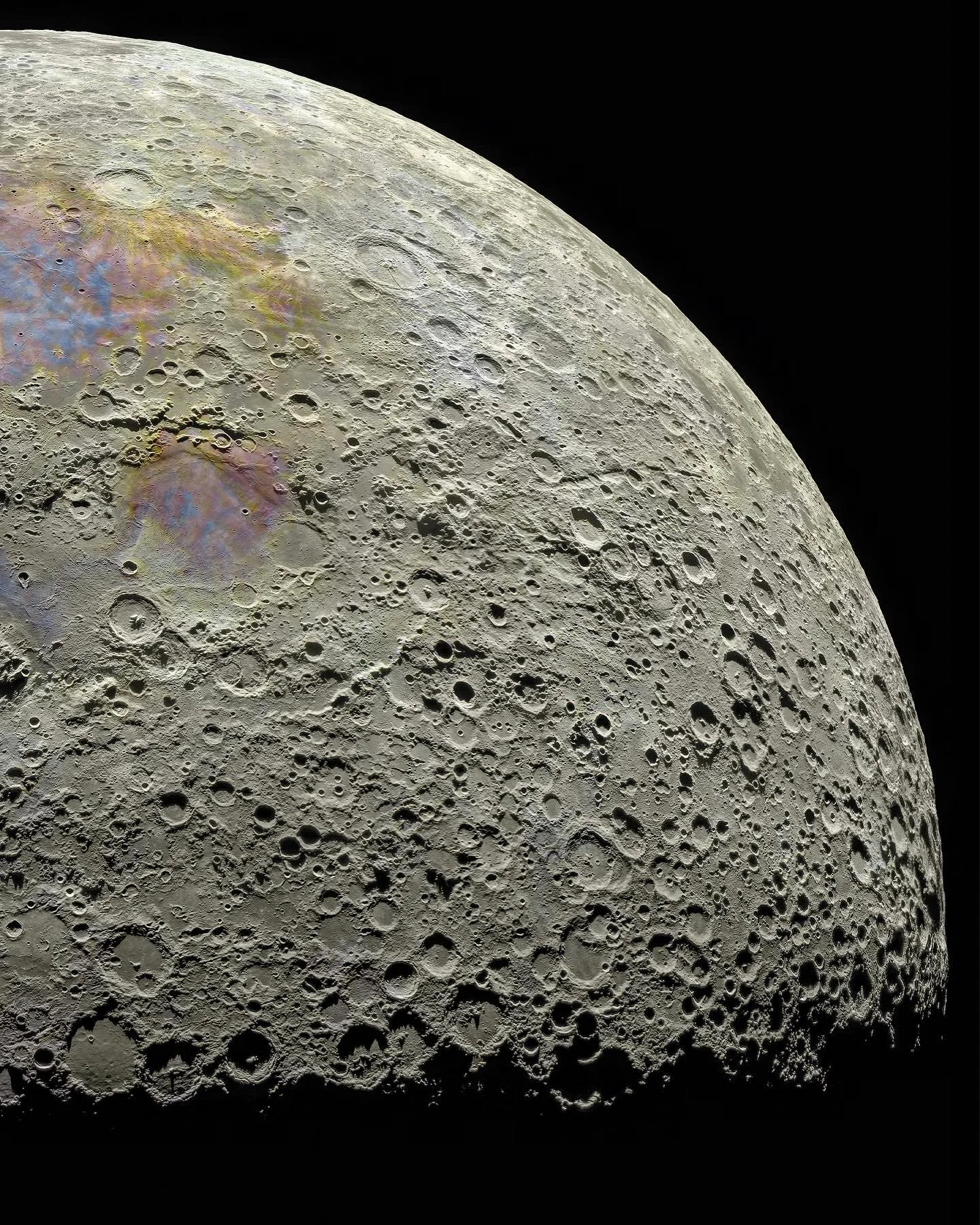76
77
78
79
80
81
82
83
84
44
Webb identifies surprising carbon-rich ingredients around young star - NASASpaceFlight.com
(www.nasaspaceflight.com)
85
37
"How I Found A 55 Year Old Bug In The First Lunar Lander Game" by Martin C. Martin
(martincmartin.com)
86
87
88
89
90
91
92
93
94
95
96
97
33
Magellan data unveils ongoing volcanic activity on the surface of Venus - NASASpaceFlight.com
(www.nasaspaceflight.com)
98
99
100


